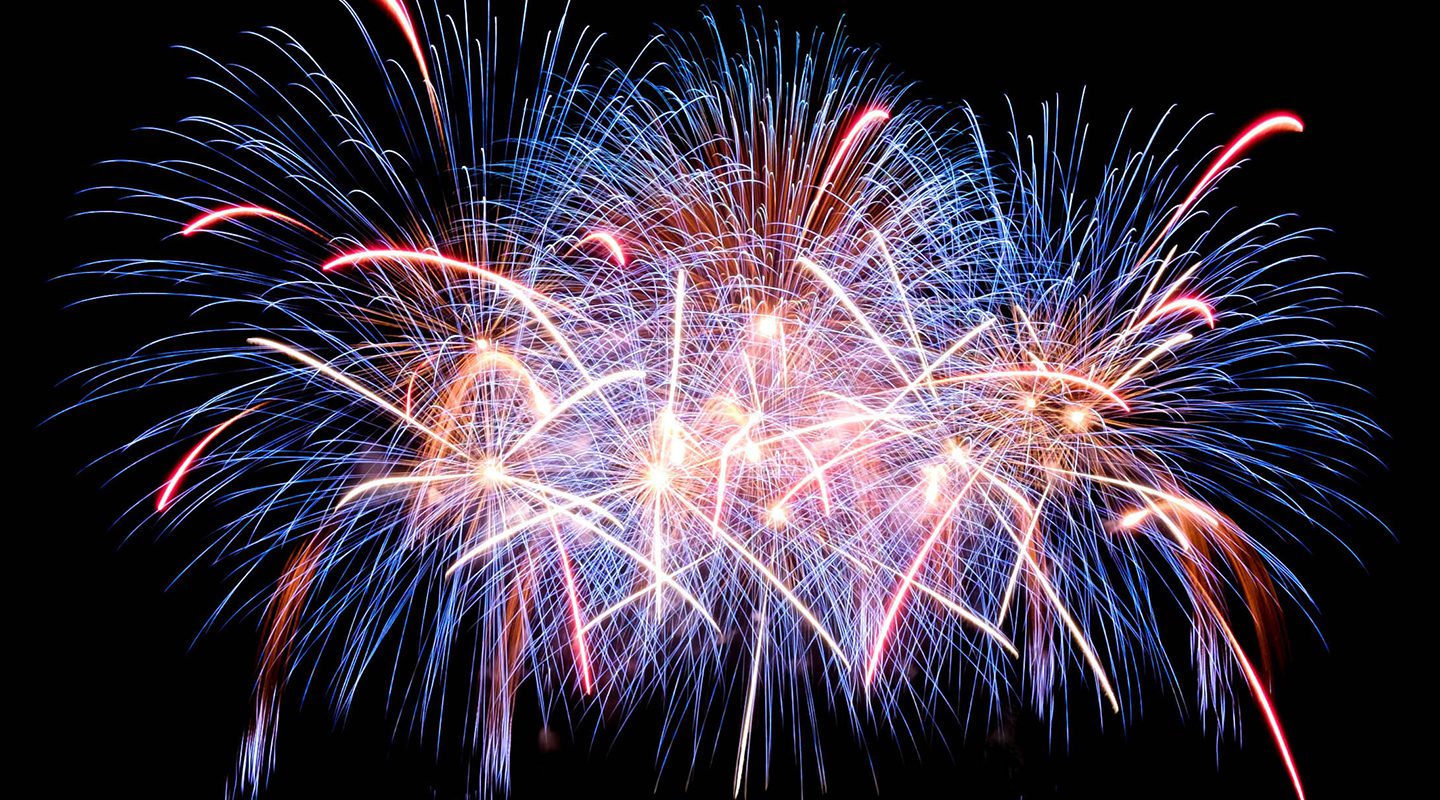By 1787, Mozart’s fortunes were spiraling downward. The 31-year-old composer faced several crises: illness, mounting debts, and the discouraging realization that the Viennese had, five years after Mozart’s arrival in that city, tired of him. In the summer of 1788, the poverty-stricken composer wrote a series of desperate letters to his friend Michael Puchberg, pleading for loans. Mozart also pawned several valuables, tried to get advances from his publisher, and attempted to sell his manuscripts; these humiliating efforts yielded little.
Mozart’s final three symphonies, Nos. 39, 40, and 41, were composed in nine weeks during the summer of 1788. Even for Mozart this rate of output is remarkable, especially given the high quality of all three works. Mozart probably wrote them for a series of concerts he planned to present in Vienna later that summer, or for a trip to London (which he ultimately never made), or perhaps both. There is no surviving documentation regarding the premieres for these symphonies, but the speed at which Mozart composed them suggests an urgent need for new music that would entice audiences back to the concert hall.
Mozart did not give his final symphony its “Jupiter” moniker. Comments attributed to Mozart’s son Franz Xavier in 1829 suggest that musician/impresario Johann Peter Salomon first bestowed the nickname “Jupiter” on the C major symphony. However the name became attached to this music, it perfectly captures the noble character and qualities of the Roman god Jupiter. In the Andante, Mozart departs from the buoyant C major of the opening with a series of yearning sequences in the strings that morph into distant, exotic harmonies. In the glorious finale, (about which music lovers, scholars, and critics have been vainly searching for the proper adjectives to describe its perfection for more than two centuries), Mozart combines dense Baroque counterpoint with crystal clear Classical phrasing. The late music critic Michael Steinberg aptly called this movement “one of the most splendid manifestations of that rich gathering-in we call the Classical style.” The “Jupiter” Symphony stands as Mozart’s greatest symphonic achievement and has attained the immortality of the god whose name it bears.
At a Glance:
- Composer: born January 27, 1756, Salzburg; died December 5, 1791, Vienna
- Work composed: Mozart finished his final symphony on August 10, 1788
- World premiere: undocumented
- Instrumentation: flute, 2 oboes, 2 bassoons, 2 horns, 2 trumpets, timpani and strings.
- Estimated duration: 26 minutes
© Elizabeth Schwartz.

